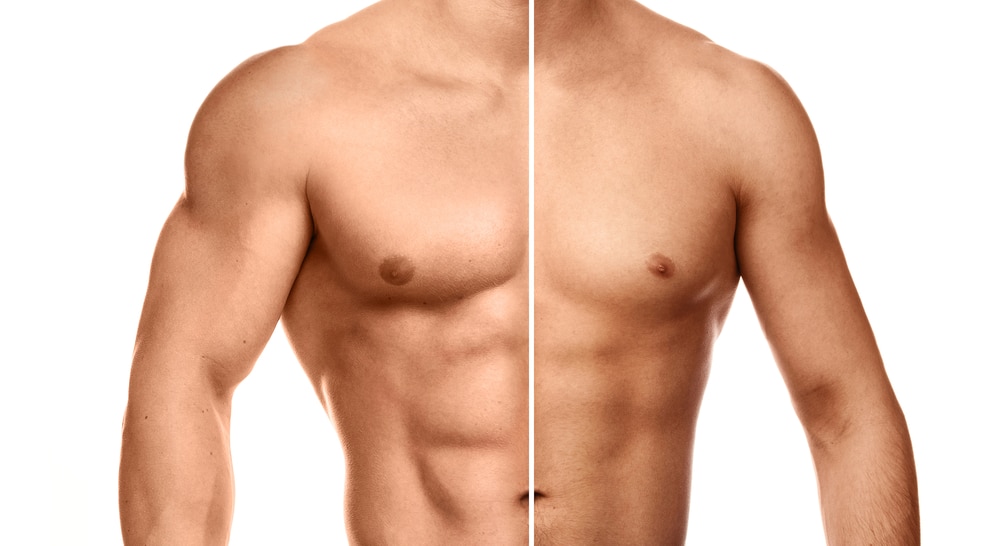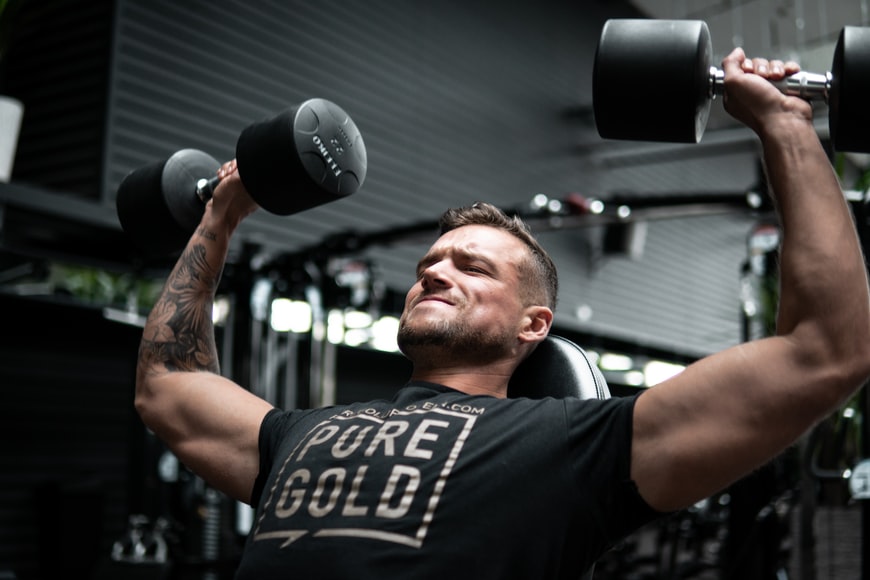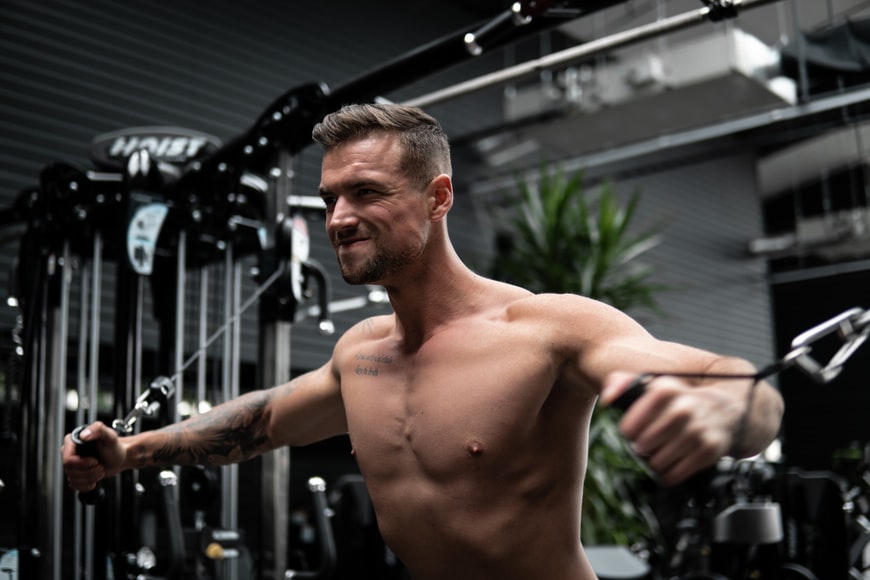Sarcoplasmic myofibrillar muscle hypertrophy refers to the increase in the size of a skeletal muscle fiber by increasing the amount of sarcoplasmic liquid within the cell. Within each muscle fiber are hundreds of things called myofibrils. Filling up the areas around the myofibrils is the liquid called sarcoplasma, which is a concentration of glycogen, myoglobin and mitochondria. When the amount of this liquid increases, the muscle will get bigger.
In this article, we will examine the two ways that muscles get bigger in further detail and construct a plan to achieve optimum training results.
How Hypertrophy Works

Hypertrophy is a fancy word for increased muscle size as a response to resistance training. There are two ways that our muscles get bigger. The first is myofibrillar hypertrophy where the myofibrils themselves get larger and the second is the increasing of the volume of sarcoplasm inside the muscle fiber.
So, how do we achieve these two muscle-building results?
The combination of working out to stress the muscle fibers, feeding your body to provide the nutrients needed for protein synthesis and repair and rebuild muscle tissue, and resting sufficiently to allow the recovery and rebuilding process to take place is needed for muscle growth.
The style of training that you follow will determine whether the majority of muscle growth will occur through sarcoplasmic hypertrophy or myofibrillar hypertrophy. An increase in muscle size, however, is usually a combination of the two.
When you train with high reps and comparatively light weight, so that you can do reps in the 15-50 range, you are more likely to promote sarcoplasmic hypertrophy. On the other hand, training with heavier weights in the 6-10 rep range will better promote myofibrillar hypertrophy.
Workouts that are based on myofibrillar hypertrophy are more likely to promote strength gains. In a sense, sarcoplasmic hypertrophy training is artificial muscle growth in that it does not make the muscle more functionally efficient. It just gets bigger without getting any stronger. The endurance of the muscle increases so that it can work for longer without being able to produce a greater level of force.
Training for Sarcoplasmic Growth

In order to train for an increase in muscle cell sarcoplasm, you need to be using a rep range of between 15 and up. You could even start with a set as high as 50, which would also act as a warm up set. With each succeeding set, increase the weight slightly as you lower the rep count.
Your muscles recover more quickly when you train in the sarcoplasmic hypertrophy style. As a result, you can train more frequently than if you were training for myofibrillar hypertrophy. If you are training exclusively in this style, you should plan to do two workouts per week for each muscle group. A good way to do this is with an upper body/ lower body split or a push/pull program.
Training for Myofibrillar Growth

Training for myofibrillar growth requires going heavier with lower reps. You should train within the 6-10 rep range with an eight that is very difficult for the last couple of reps. When you train this way contractile proteins within the muscle fiber called myosin and actin increase in size.
When the muscle fiber is stressed with a resistance beyond its current capability, tiny tears will be grated in it. The body will consider these tears to be injuries and will repair them to be slightly bigger than they were before. As a result, the myofibrils get slightly bigger.
When you are training for myofibrillar muscle fiber increase, you should have a longer rest between sets than when doing a higher rep protocol. Take as long as 3 minutes to allow you to fully recover for the next workout.
Mixing the Two Training Methods
The most common sense approach to training for maximum muscle growth is to combine skeletal muscle hypertrophy through myofibrillar and sarcoplasmic methods. That approach will promote both muscle size and an increase in the sarcoplasmic liquid for greater muscle volume. You can achieve this by using a pyramid rep scheme where you start with a light weight for high reps and progressively work your way down to a heavy weight for low reps.
The rep scheme that I recommend to achieve both sarcoplasmic fluid increase and to exceed the myofibril accretion threshold for grater size is the following:
- Set One -30 reps
- Set Two – 20 reps
- Set Three – 15 reps
- Set Four – 10 reps
- Set Five – 8 reps
- Set Six – 6 reps
On each set, you should choose a weight that is challenging, but not impossible, for the last 20 percent of the reps. So, if you are doing 30 reps, the last 6 should be challenging.
Conclusion
There are two ways to increase muscle size: by increasing the size of the muscle fibrils and increasing the volume of the sarcoplasm within the muscle cell. Sarcoplasmic hypertrophy is best for endurance while myofibrillar training will give the best strength gains. For the best response to resistance training, however, you should be following a program that combines both methods.
Frequently Asked Questions
How often should I lift to achieve muscle hypertrophy?
The latest research indicates that training two times per week for each muscle group is ideal for muscle growth and strength development. You can achieve this with either a two or three day split. A two day split could involve splitting legs and upper body or doing push training on one day and pull training open the next day. On a three day slit, work your chest and arms one day, back and shoulder the next, and legs on the third day.
Is high volume resistance training effective?
Yes, high volume resistance training is effective when it is included in a program that also includes low volume training. The combination of the two will activate the contractile proteins to increase muscular contractions and promote myofibrillar growth while also increasing the sarcoplasmic fluid volume of the muscle for greater overall size and strength. Follow the rep scheme outlined above for an effective program to produce both myofibrillar and sarcoplasmic hypertrophy.



